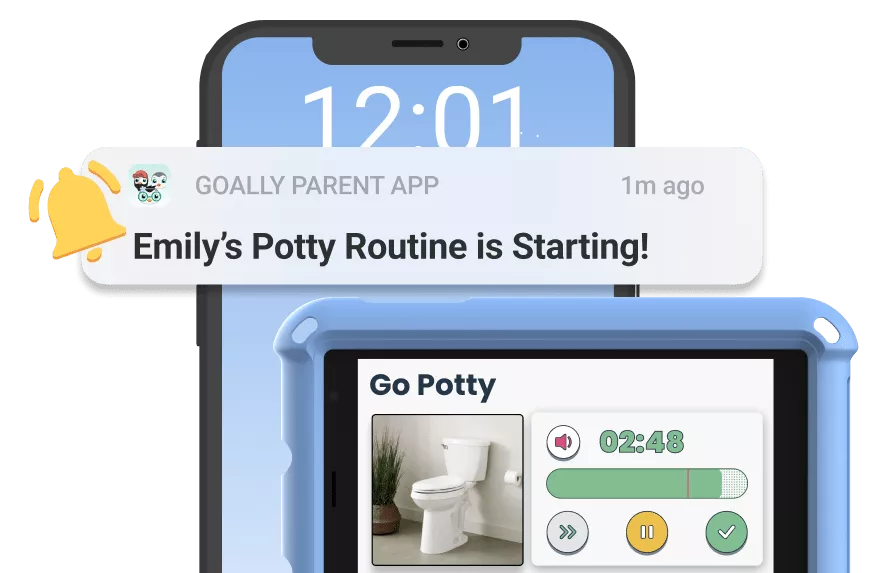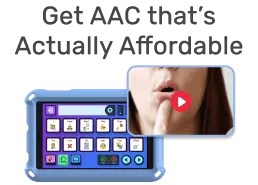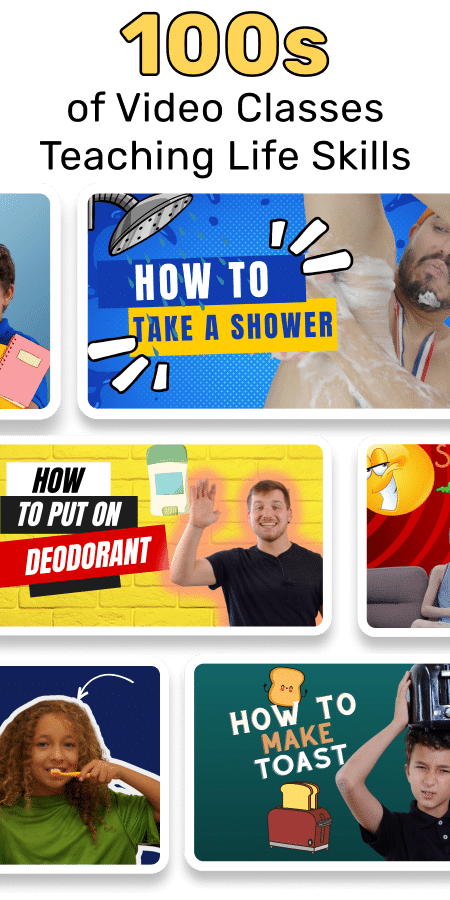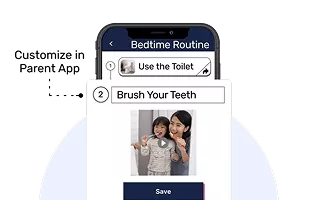This blog explores the concept of personal space, a crucial social skill for children, especially those with learning differences.
Key Takeaways: Learn the importance of personal space and how to teach it to children effectively.
Why is teaching personal space important for children? Teaching personal space helps children develop respect for others and manage social interactions more effectively, fostering better relationships and understanding.
Table of Contents
1. Understanding Personal Space
Personal space, the invisible buffer that everyone needs around them, varies from one culture to another and even from person to person. I’ve found through my work with kids that understanding and respecting this invisible boundary is essential for their social development.
For neurodivergent kids, this concept can be more challenging but equally critical. They might not intuitively grasp why space is important, so explicit teaching is necessary.
2. Signs a Child Struggles with Personal Space
Some children may stand too close, touch others unexpectedly, or not respond well when others invade their space. Observing these behaviors early allows caregivers to intervene with appropriate strategies.
In my practice, I use fun activities that visually and physically demonstrate personal space to make the learning process engaging and understandable.

Read more: Life Skill Classes for Kids
3. Teaching Strategies for Personal Space
Using visual aids like hula hoops or floor markers can help children visualize personal space. These tools are incredibly effective in group settings where children can practice maintaining their invisible boundaries during interactions.
Role-playing different scenarios also helps reinforce the importance of respecting others’ personal space, making the lessons practical and relatable.
4. The Role of Parents and Caregivers
Consistency at home is key. Parents and caregivers should model good personal space behaviors. Simple reminders and praising children when they respect others’ space can reinforce these behaviors.
I always encourage parents to be patient and persistent, as children learn these skills at their own pace.
5. Handling Invasions of Personal Space
It’s important to teach children what to do if their personal space is invaded. Simple phrases like “Please step back” or “I need more space” can empower them to assert their boundaries respectfully.
Equally, they should know how to react if someone tells them they are too close. Teaching them to apologize and step back respectfully helps them handle such situations gracefully.
SPONSORED BY: Goally
Goally’s Kid’s Tablet has one of the largest libraries of skill-building videos (like “How to Share” and “What To Do When You’re Lost”) in the Goal Mine app.👇
Personal space is a fundamental aspect of social skills that helps children navigate their world more comfortably. By teaching this skill effectively, we empower our kids to interact with confidence and consideration for others.
Helpful Resources
FAQ’s About What is Personal Space?
What is personal space?
Personal space refers to the invisible buffer zone individuals prefer between themselves and others.
Why is personal space important for children?
Teaching personal space helps children develop respect and understanding in social interactions.
How can parents teach personal space to kids?
Parents can use visual aids like hula hoops to clearly demonstrate and practice maintaining personal space.
What should a child do if their personal space is invaded?
Children should be taught to politely ask others to step back or give them more room.
How can teachers reinforce personal space in the classroom?
Teachers can incorporate games and activities that emphasize respecting each other’s personal boundaries.
This post was originally published on 10/05/2023. It was updated on 08/23/2024.
Emily is a seasoned blog writer for Goally, leveraging her extensive background in child psychology and special education to provide valuable insights and resources for parents. Her commitment to understanding and addressing the unique needs of these children, combined with her expertise in educational strategies, makes her a credible and empathetic voice for families.






